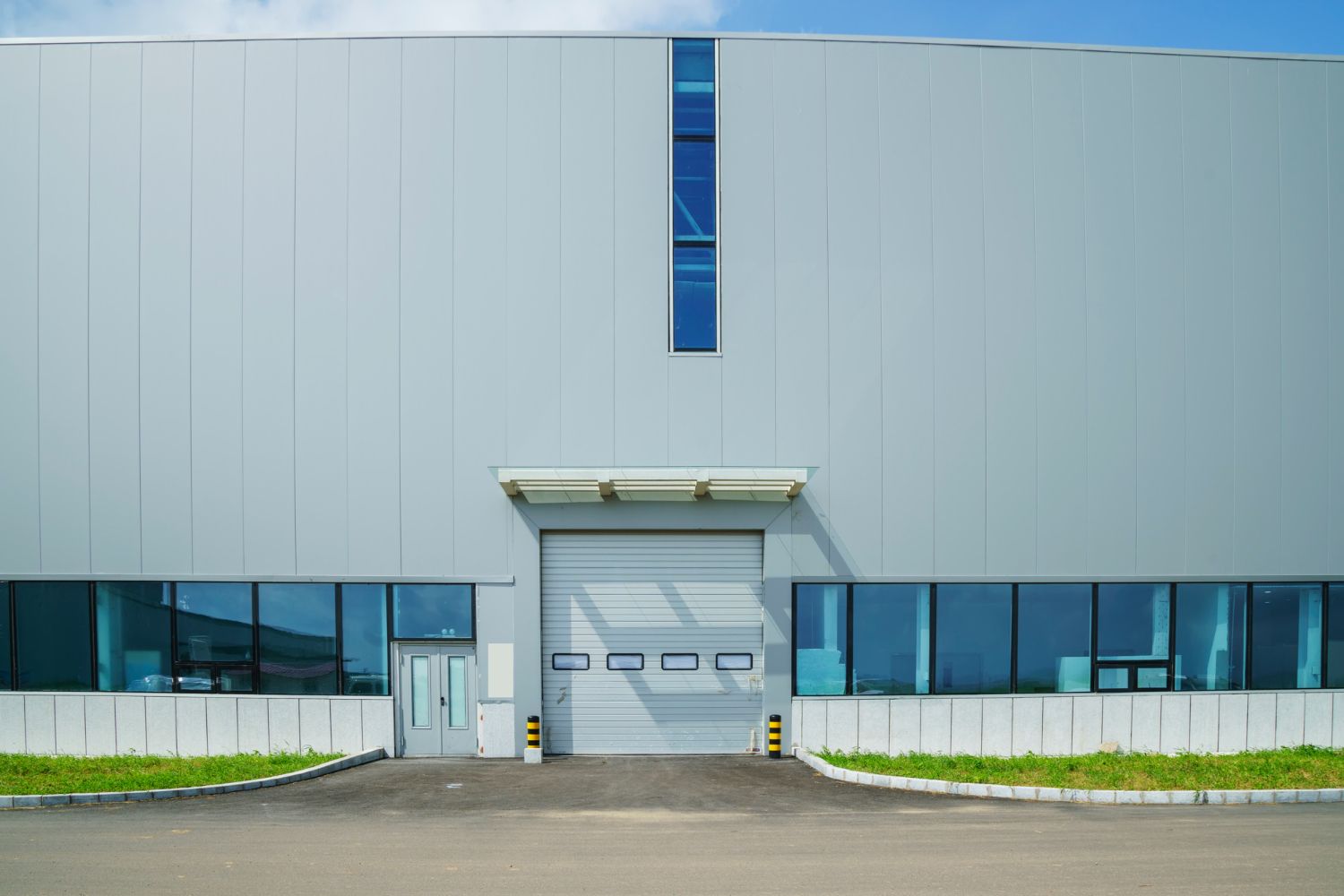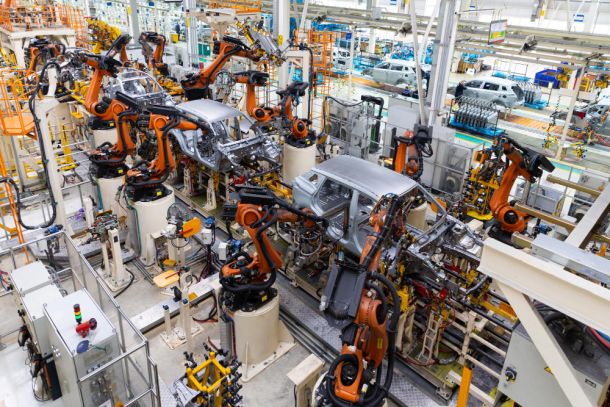Breakthrough Ideas for the Development of Worker Safety Protection at Work
Safe hands, healthy minds,
Less cost, more work gets done right.
Culture, not just rules.
Prioritizing worker safety is not just an ethical obligation, it's a strategic advantage. Companies with robust safety programs boast reduced absenteeism, lower insurance premiums, and a more productive and engaged workforce. But how do we take worker safety beyond compliance and cultivate a truly preventative culture? Let's get into some groundbreaking ideas inspired by world-class safety leaders in high-hazard industries:
1. Cultivating a Culture of Care:
Safety starts at the top. Leaders who prioritize safety set the tone for the entire organization. This means more than just lip service; it requires visible commitment, open communication, and a willingness to invest in safety initiatives. Consider DuPont's "Safety Walk" program, where senior leaders regularly visit worksites to identify and address potential hazards. Empowering employees to report safety concerns without fear of reprisal is also crucial. This can be achieved through anonymous reporting systems and by actively soliciting employee feedback on safety protocols.
2. Harnessing the Power of Data:
Data is king in today's world, and safety is no exception. Implementing a comprehensive safety management system allows companies to track incidents, identify trends, and target interventions accordingly. Metrics like Lost Time Injury Rate (LTIR) and Total Recordable Incident Rate (TRIR) can provide valuable insights into areas needing improvement. Companies like Bechtel leverage data analytics to predict potential safety risks before they occur, allowing for proactive mitigation strategies.
3. Integrating Safety into the Design Process:
Safety shouldn't be an afterthought. By integrating safety considerations into the design phase of projects, companies can significantly reduce the likelihood of accidents. This could involve incorporating ergonomic principles into workstation design, implementing machine guarding systems, or using 3D modeling software to identify and eliminate potential hazards before construction begins. For instance, Volvo Construction Equipment (VCE) famously designs its cabs with operator safety in mind, incorporating features like rollover protection and falling object protection systems.
4. Investing in Continuous Safety Training:
Safety knowledge is power. Equipping workers with the necessary skills and knowledge to perform their jobs safely is paramount. Training programs should be tailored to specific roles and regularly updated to reflect new technologies and best practices. Toolbox meetings, safety simulations, and hands-on training sessions can all be effective ways to keep workers informed and engaged. Honeywell, for example, utilizes virtual reality (VR) to train employees on complex procedures in a safe and controlled environment.
5. Empowering a Safety Mindset:
Safety is not just about following rules; it's about developing a safety mindset. Encouraging workers to take ownership of their safety and the safety of their colleagues is essential. This can be fostered through peer-to-peer mentoring programs, safety recognition initiatives, and by involving workers in safety committee meetings. Creating a work environment where safety is valued and rewarded goes a long way in promoting a preventative culture.
6. Leveraging Technology for Enhanced Safety:
Technological advancements offer exciting possibilities for improving worker safety. Wearable sensors can monitor worker vitals and fatigue levels, preventing accidents caused by exhaustion or heat stress. Real-time monitoring systems can detect hazardous conditions and trigger automatic shutdowns to prevent injuries. These are just a few examples of how technology can be harnessed to create a safer work environment.
By implementing these groundbreaking ideas and drawing inspiration from successful safety programs around the world, companies can foster a work environment where safety is not just a priority, but a core value. This not only protects the well-being of workers, but also strengthens a company's reputation, operational efficiency, and bottom line.












